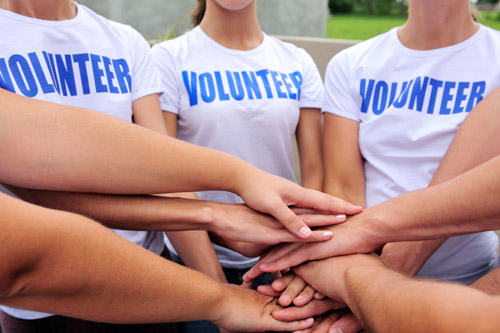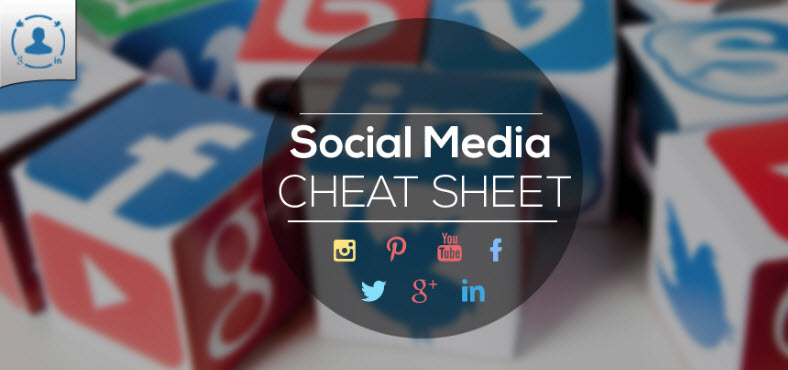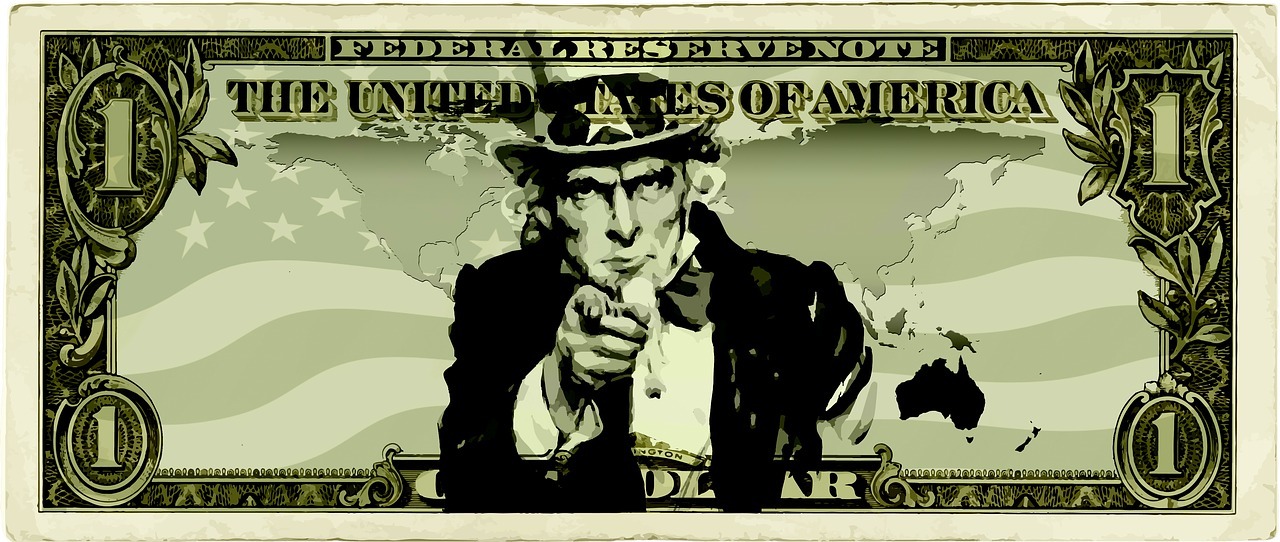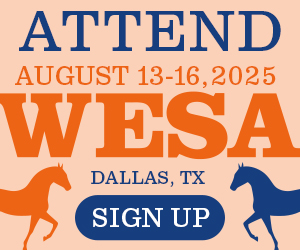Why giving some of your time or money can build a better bottom line.
By Stan Craig
A full-page ad in The New York Times stated boldly that $60,000,000 was donated in 2012—over $1,000,000 a week—to a variety of recognized charities and community causes. The ad was from one of America’s largest retailers with multiple stores all across America. Why run full-page ads announcing charitable giving instead of a sales ad or holiday offer? Because statistics prove over and over that customers prefer to buy from those who support charities and causes valuable to their community.
Today, more companies understand that the balance sheet is more than just numbers. It also represents values that are stated, respected and carried out, with generosity being one of those values. Luckily for companies across the country, generosity comes in all sizes, and it will fit nearly every business. If your company is looking for ways to give back, consider the following options:
Money Talks
- Money works. In Louisville, Kentucky, the chairman of the United Way Campaign for 2012, Tom Monahan, wanted to encourage greater participation at all levels of business. But he also had another goal: “to blow away the stereotype of greedy companies interested only in the bottom line.” Cash gifts were recognized in a new fashion.
- Partnerships work. Monahan enlisted the help of other community leaders and organizations to create a Partners in Philanthropy publication and an awards banquet to showcase funds for the United Way and demonstrate the many examples of community generosity. Both the publication and banquet recognized the corporations and businesses that gave the most in cash contributions to non-profits in the city.
- Gifts in-kind work. Categories were designed to recognize large, medium and small corporations for their cash gifts. Non-profits and the work they do were presented. Small businesses were also recognized for the difference they made in a category called “partners in innovation.” A number of family-owned business leaders were included in this new recognition program. A local design company won for their work in renovating dormitories at a youth treatment center and for enlisting many others for gifts in kind to complete the project.
Volunteers Matter
Volunteering also works. Businesses that encourage employee volunteer days at a local non-profit get a double bonus. Employees enjoy serving and local non-profits see your company in a very different light. With employee verification, write a check to an organization representing the value of an employee’s work if a paid day-off can’t be granted. Schedule an employee generosity day for all employees to sign up for a community or team project.
Helping build a house for Habitat for Humanity, spending a day at a soup kitchen or shelter or helping in a local school or community center are all team building events as well as acts of generosity.
Here are just a few of the dividends that corporate generosity creates, according to VolunteerMatch.org.
- Raises employee morale: 94% of companies surveyed believed employee volunteering provides a way to raise employee morale.
- Boosts employee health: 92% of people who volunteer through their workplace report higher rates of physical and emotional health.
- Provides skill development: 88% of employee volunteers report that volunteering provides networking/career development opportunities.
- Increases employee loyalty: 66% of employees reported a greater commitment to the company as a result of their experience as volunteers.
There are many more examples of creative ways to be generous. Look around your community. How can what you do every day become more evident and beneficial to others?
Little Things Count
“Giving” actually multiplies what you are “receiving.” Many grocery stores or warehouse clubs offer free samples of hot foods from pizza to burgers, cold beverages, hot beverages, sweets and treats of all sorts—freely and gladly handed out.
Why this generosity? The truth is, even if the goal is not necessarily to be generous (as we think of it), generosity can build sales. Coupons for free items, free bonus gifts and prizes have always worked to not only gain attention, but also build sales.
Generosity pays dividends:
- It is attention-getting
- It is cost efficient
- It builds top-of-mind awareness
- It may increase sales
- It provides a perceived benefit to customers
- It provides a spillover effect to other areas and products
But how can you be generous when your cash is low, your business consists of products or services that you can’t give as samples, or you have few employees to volunteer? What then?
- Offer discounts to charitable organizations
- Give time or funds to community projects
- Participate in a community event that is not business-related
- Offer your place of business for community use, seminars, calling-marathons, etc.
- Lead a class on your specialty for the Chamber of Commerce or any local organization or non-profit
- Speak to senior citizens clubs, retirement communities, schools, and PTAs and let the group charge participants for your valuable information and keep the revenue
Customers and potential customers will take note, and you’ll generate positive publicity. Remember, your bottom line may not only be measured by revenue received, but by resources shared. Generosity is a business vitamin that will build a healthier bottom line.
Stan Craig, the founder of the ForeTalk Seminar, is an accomplished financial planner, executive coach and keynote speaker. He is also author of ForeTalk: Taking Care of Tomorrow Today. As a finance professional, Stan enjoyed a 27-year career at Merrill Lynch, which included positions as national sales manager, director of global sales for Defined Asset Funds and the first vice president and senior director of the Office of Investment Performance. For more information, please visit www.ForeTalkSeminar.com.










